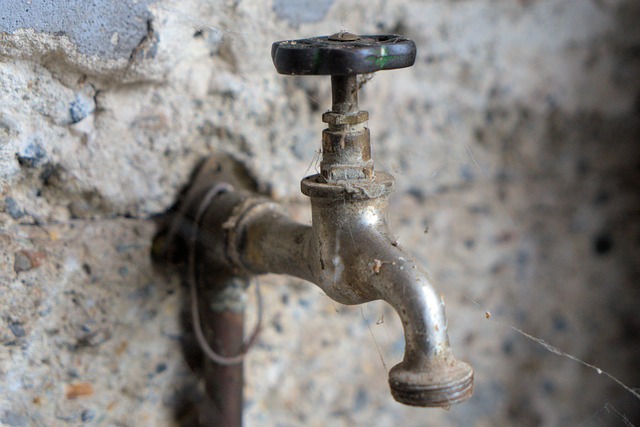Running toilets are inefficient, costly, and contribute to water waste. Addressing this issue promptly through repairs or professional plumber assistance saves money and prevents plumbing damage. The primary culprit is often a faulty flapper valve, which can be fixed with basic tools and materials. While DIY repairs are possible, complex issues may require a plumber's expertise. They can optimize toilet performance, promote water efficiency, and install low-flow fixtures.
Tired of high water bills and environmental guilt? Running toilets are a common issue, wasting precious H2O and contributing to significant water waste. This article equips you with knowledge and practical steps to fix that persistent drip. From understanding the causes to gathering essential tools, we guide you through the process. Learn when it’s time to call a professional plumber and discover how your DIY skills can save money and protect the environment.
- Understanding Running Toilets: Common Causes and Effects
- The Impact of Water Waste: Statistics and Environmental Concerns
- Essential Tools and Materials for Toilet Repairs
- Step-by-Step Guide: Fixing a Running Toilet Yourself
- When to Call a Plumber: Professional Assistance and Maintenance Tips
Understanding Running Toilets: Common Causes and Effects
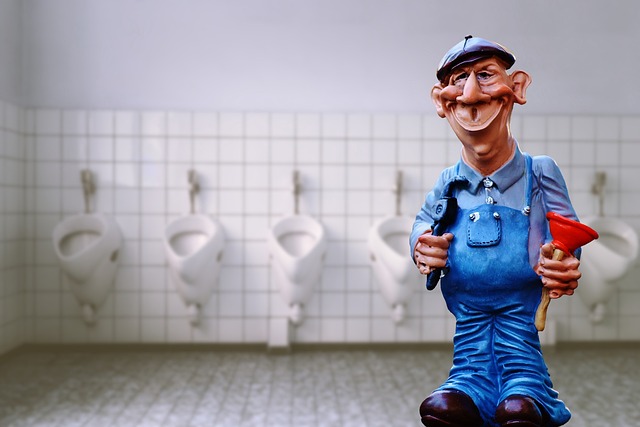
Running toilets are a common household issue that not only wastes precious water but also contributes to higher utility bills. Understanding the causes behind this problem is the first step towards fixing it. One of the primary reasons for a running toilet is a faulty flapper valve, which allows water to continuously flow into the bowl. This can be due to wear and tear over time or improper installation by a plumber. Other potential culprits include leaky supply lines, a floating ball that doesn’t seal correctly, or an improperly adjusted float lever.
The effects of a running toilet are significant. It not only wastes water, but it also increases the strain on your plumbing system, potentially leading to more serious issues down the line. The constant flow of water can cause excessive wear and tear on various components of the toilet, such as the tank and flush mechanism. Moreover, it can result in higher water bills, which, over time, can add up to substantial costs. Addressing a running toilet promptly, with the help of a professional plumber if necessary, is therefore a practical step towards water conservation and financial savings.
The Impact of Water Waste: Statistics and Environmental Concerns
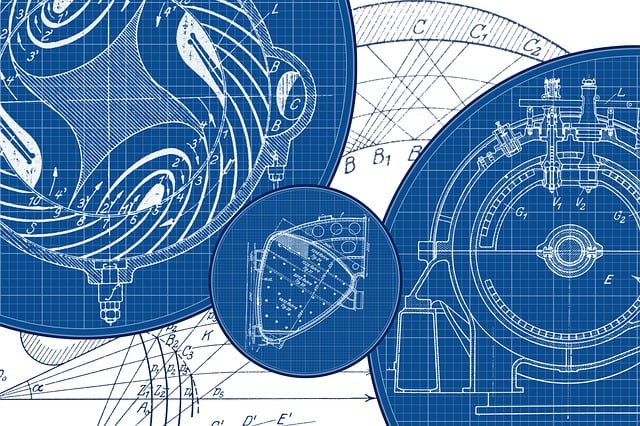
Water waste is a significant concern, with running toilets contributing heavily to this issue. According to the EPA, an average household can save 13,000 gallons of water annually by fixing a leaky faucet or toilet. This translates to substantial environmental benefits; less water consumption means fewer resources strained and a diminished carbon footprint. Moreover, the reduction in water usage can lead to lower utility bills for homeowners, making it a win-win situation for both personal finances and the planet.
The impact extends beyond financial and ecological savings. A leaky toilet isn’t just a nuisance; it’s a sign of potential plumbing issues that, if left unaddressed, could escalate into costly repairs or even property damage. This is where professional plumbers come in—they are equipped to identify and fix these problems efficiently, ensuring not only water conservation but also maintaining the integrity of your home’s plumbing system.
Essential Tools and Materials for Toilet Repairs
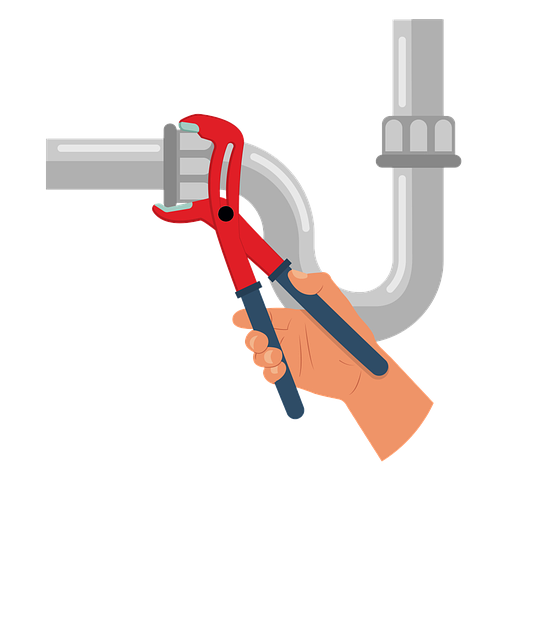
When it comes to fixing a running toilet, the right tools and materials are essential for any DIYer or even a professional plumber. Basic tools include a wrench or pliers for securing parts, a bucket to catch excess water during disassembly, and rags or an old towel to protect your floor from leaks. Specialized items such as replacement flappers, seals, and chain links are crucial components that can be easily sourced at any hardware store.
For successful repairs, consider having a set of adjustable pliers with various grip attachments for tight spaces, a toilet repair kit containing various sizes of washers and gaskets, and a new toilet float if the existing one is worn out. Remember, proper preparation saves time and effort, ensuring your repair job is efficient and effective, just like a skilled plumber would do it.
Step-by-Step Guide: Fixing a Running Toilet Yourself
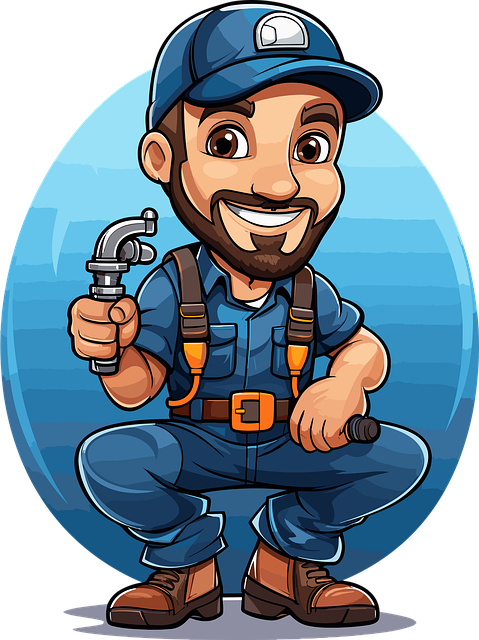
Step-by-Step Guide: Fixing a Running Toilet Yourself
If your toilet is constantly running, it can waste a significant amount of water and increase your utility bills. Fortunately, fixing a running toilet is a relatively simple DIY project that you can complete yourself with just a few basic tools and supplies. Before starting, gather the necessary materials, including new flapper seals, fill valves, and an adjustable wrench or pliers. Turn off the water supply to your toilet by locating and closing the shut-off valves beneath the basin. This crucial step prevents any unexpected flooding during the repair process.
Next, flush the toilet to expel any remaining water in the bowl. Carefully lift the lid of the tank and remove the old flapper seal by detaching it from the overflow tube. Clean the area thoroughly, ensuring no debris or old seal residue is present. Install the new flapper seal, ensuring it fits snugly around the overflow tube. Reassemble the tank, being mindful of any specific alignment markings, and secure it in place with the provided hardware. Finally, turn on the water supply and check for leaks. If the toilet runs continuously after flushing, adjust the float valve for optimal performance. With a bit of patience and these straightforward steps, you can save water, reduce bills, and even avoid the need to call a plumber for a simple fix.
When to Call a Plumber: Professional Assistance and Maintenance Tips

Running toilets can be a common household issue, but knowing when to call a plumber is essential for effective water conservation and bill reduction. While some minor fixes may be tackled by homeowners, persistent or complex problems often require professional assistance. A plumber can identify subtle issues that might go unnoticed, such as leaks within pipes or faulty flushing mechanisms. Regular maintenance checks are also crucial; professionals can offer tailored advice on components to replace or repair, ensuring your toilet operates efficiently without constant water wastage.
Professional plumbers possess the expertise and tools to pinpoint exact issues, making repairs swift and effective. They can install modern, low-flow fixtures, replace outdated parts, and provide guidance on further water conservation methods. If you notice persistent overflows, inconsistent flushing, or rising water bills despite basic fixes, it’s time to call a plumber. Their services ensure your toilet is optimized for performance and water efficiency.
Running toilets not only waste precious water but also contribute to higher utility bills. By understanding the common causes, such as flapper valve issues or worn-out parts, and following the step-by-step repair guide provided, homeowners can easily fix these problems themselves, saving both money and the environment. If the issue persists or is too complex, remember that professional plumbers are always on hand to offer expert solutions. Regular maintenance, including periodic checks and simple adjustments, can help ensure your toilet remains efficient for years to come.
